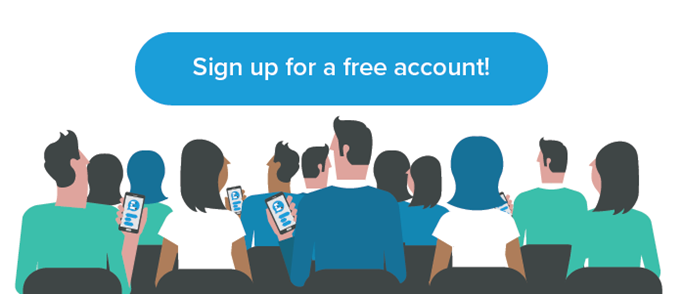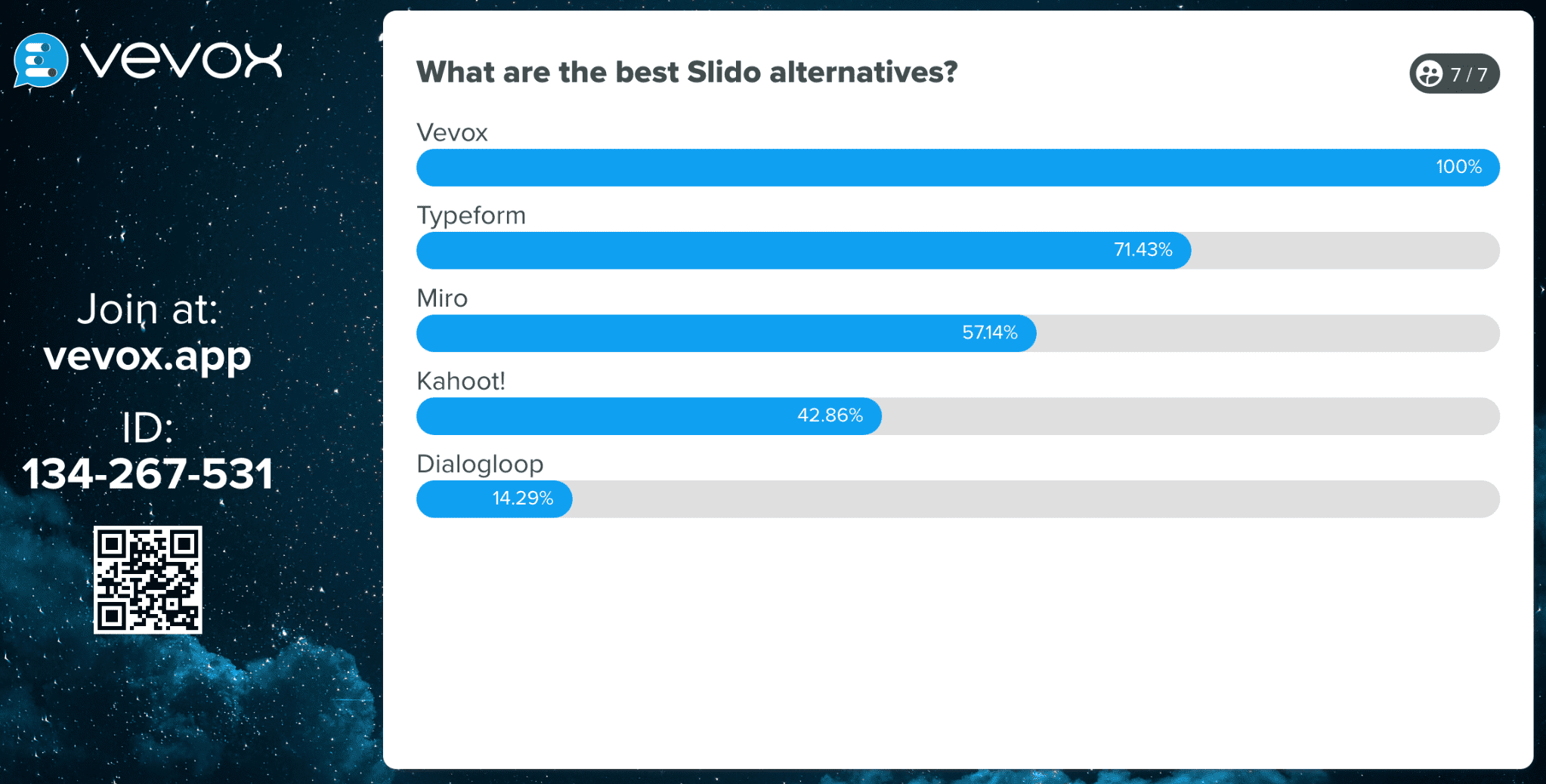The aim of education is to provide students with the skills they will need for later life. Yet according to a study by the National Careers Service, many employers are seeking candidates with certain soft skills and find them absent. These are skills such as flexibility, decision-making and problem-solving – the kind of skills best learned during college and University years. And while the place of individual learning and broadcast teaching aren’t in dispute, a new idea is being utilised by many – collaborative learning.
Changing direction
The growth of the internet means that collaboration is already a massive part of daily lives. From hackathons to NASA’s Space Apps Challenge, there are hundreds of examples where people are coming together to work on projects and achieve a goal that individually they might not manage.
Sharing resources is another area that demonstrates the principles of collaborative learning. Information is no longer hoarded for the good of one but shared for the good of all. Therefore, it is important to teach students the skills to collaborate with others.
Lay out the principles of collaborative learning
For collaborative learning to work, there needs to be two or more students working together on a project or towards a shared goal. The ideas tend to work around learner’s exploration or application of the curriculum rather than simply the teacher’s presentation. There are three general categories that can be used:
-
Collaborative learning – students work with others towards a goal, being accountable o each other with only direction from the teacher. This allows them to recognise and work with their differences and strengths
-
Co-operative learning – this involves inherent interdependence like the cast and crew of a TV show. Everyone has clear roles and responsibilities but these can be negotiated. This style gives a clear sense of accountability
-
Competition – this work well with teams and incentivised rewards to encourage entrepreneurship and to develop leadership skills though does require close monitoring
In the real world
Using collaborative learning can be a big change for students and teachers so a transition approach is best employed. Assess and reassess progress to ensure that students are responding as desired and to deal with any growing problems before they escalate. However, once the plans are put in place and everyone has adapted, then little work is required to continue to use collaborative learning.
The benefits
So what kind of benefits should teachers see when using one of the collaborative learning systems in their classroom?
-
Improved performance
-
Embedded learning
-
Building confidence
-
Better psychological health
-
Inclusivity
-
Creating well-rounded citizens
Many educators already use some degree of collaborative learning in the lecture – having students working in groups or working in parallel with little supervisions. Lectures must resist the urge to lead the group and allow the students to do as much as possible and instead be the moderator and monitor, ensuring that all students participate and gain from the lessons.
Above are just some of the benefits that educators have reported when students use collaborative methods. The growth of those important soft skills such as problem-solving and mental flexibility are also important for the long-term career prospects of these students.





